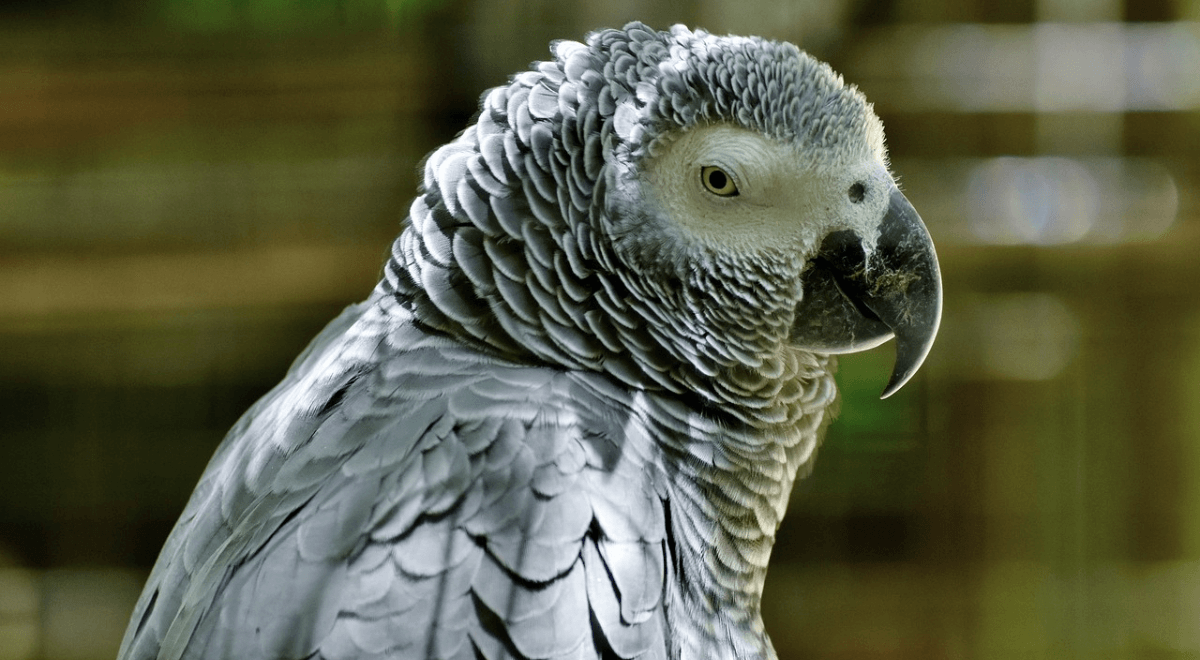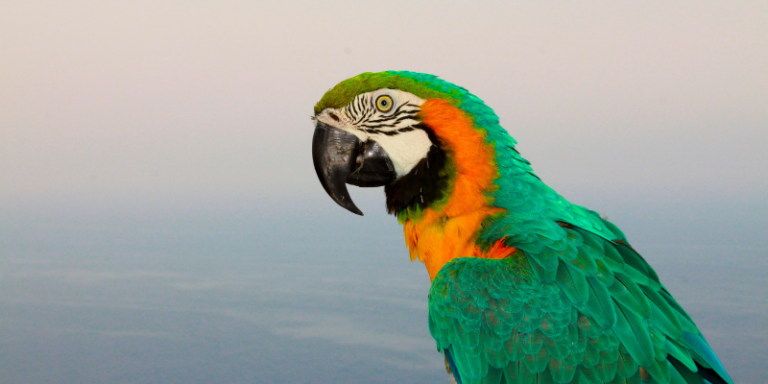Talking birds 101: 8 astonishing talking birds
Having a pet bird is a great idea for a number of reasons, including their beauty, devotion, and playful nature. However, many people prefer them over more conventional pets like dogs and cats due to their ability to mimic speech. Some birds, most notably parrots like the African Grey, have large vocabularies with hundreds of words, although other talking parrots have smaller vocabularies but are generally easier to care for.
Numerous bird species are able to mimic speech, yet some have extraordinary word-learning abilities that others simply don’t have. Having said that, maintaining your bird’s health and so enhancing its capacity for speaking involves training, nutrition, and general care. These aspects may even be more crucial than selecting a species that is communicative. However, some people are born with the ability to mimic. Here are eight of the most popular talking bird species so that you may learn more about each remarkable companion and see if you can teach one to imitate your voice.
Amazon Parrot
Amazon parrots, particularly the Yellow-naped kind, are noted for their outstanding speaking skills. They are able to speak more clearly and use longer phrases than African Greys. These huge, robust, and active talking parrots also have a loud, piercing squawk in addition to their speech. Additionally, they are very skilled at picking up tricks and even singing. However, many owners say that these birds develop strong attachments to their caregivers and might become hostile against others.
Many Amazon parrots are quite clear speakers, and they typically have very lovely voices. It’s possible that their natural desire to socialise is what drives them to imitate people. They are energetic, clever birds who enjoy being the focus of attention. They form tight relationships with their caregivers and need a lot of social interaction and room to play.
African Grey

One of the most well-known talking birds is the African Grey and for good reason. These birds have one of the greatest capacities for mimicking speech, according to research. With the correct instruction, some parrots are known to have memorised 1,000 words or more.
These birds are fairly difficult to care for since they are quite intelligent and require a lot of mental stimulation. Even though it is not always clear whether these parrots understand what they are saying, research suggests that they can employ words in context to carry on brief dialogues. In any event, years of patient training and practice are required for this type of verbalization.
Quaker Parakeet
The Quaker Parakeet, also known as the Monk Parakeet, is a small, intelligent, and busy bird that, when in the mood, is known to chat nonstop and replicate a variety of noises from its surroundings. Because they are so engaging and social and don’t require as much care as larger birds, they are frequently referred to as having the personality of a cockatoo in a parakeet’s physique.
Quakers are quite outgoing and have a propensity for picking up on human communication rapidly. They are well-liked by inexperienced bird owners who are new to teaching a bird because they are such quick learners.
Ring-Necked Parakeet
A Ring-Necked parakeet, originally from Asia and India, parakeets were prized for their ability to communicate and were kept as pets by royalty. They are intelligent birds with hundreds of words in their vocabularies, but they require a lot of training and engagement from their owners because they are much more docile and quiet than other parrot species.
Along with short words, Indian ringneck parakeets appear to have a knack for acquiring lengthier phrases. They also frequently speak clearly. Religious leaders who prayed every day in their gardens in India hundreds of years ago started noticing the prayers being repeated by neighbourhood ringnecks. Because of this, people came to revere birds and eventually kept them as pets.
Budgerigars

Budgies are tiny, but they have a huge vocabulary. In fact, Puck, a Budgie, held the Guinness World Record for having the biggest vocabulary of any bird. Before passing away, Puck knew an astounding 1,728 different words. These little, talkative, and intelligent birds are beloved pets for a variety of reasons, not the least of which is their prodigious word memory.
The budgie (or parakeet), not to be outdone by the larger birds, is a superb talking bird. Despite having somewhat gravelly voices, budgies are able to pick up a wide variety of words and phrases. Additionally, many like practising their speech with their keepers because they are highly social birds.
Eclectus Parrot
Eclectus parrots, who are native to New Guinea, are noted for the clarity of their speech and are frequently heard singing full songs. These talking parrots are dimorphic, which means that men and females look very differently from one another, which sets them apart from many other species. Males tend to be more submissive than females, despite the fact that both sexes share the same talent for mimicking words and sounds.
Eclectus parrots have a large repertoire of human words and are often not overly noisy. These birds are often kind and sociable, and they enjoy interacting with their keepers. According to some, a male Eclectus is usually simpler to teach than a female, who is said to be more autonomous and so better able to manage stress.
Macaws
The largest species of parrots are macaws, with Hyacinth Macaws frequently reaching a length of 40 inches. They can be challenging to train yet have fairly large vocabulary sets. These birds might be difficult for inexperienced owners because they are intelligent, active, and vocal. They make up for their less intelligible speaking with excessive volume, unlike some other talking parrots. They can sing songs and replicate other sounds, which is a special talent.
Macaws are less eloquent than some other parrots, such as cockatoos, although they can imitate speech. The blue-and-gold macaw is one species that is known to learn words more quickly than others. So be prepared for a bird to chat nonstop, just not always in a language you can comprehend.
Hill Myna
Despite not being a parrot, the Hill Myna possesses a large vocabulary that rivals several parrot species. They may make a variety of vocalisations, such as whistling, shrieking, and speech that is similar to human speech. They can replicate human voices with an almost frightening level of precision in terms of tone and timbre.
They are indigenous to Indonesia, Southeast Asia, Africa, and India, and they are able to rapidly adapt to new settings. Their acceptance as pets is rising quickly. Not all Myna birds have the ability to speak, but with constant training from a young age, these intelligent birds can amass a large vocabulary of at least 100 phrases. Additionally, they have crystal-clear speech and can mimic human pitch and tone better than Budgies and other Parakeets.
Conclusion
Unlike people, birds don’t have vocal cords. They do, however, possess a vocal apparatus called the syrinx. African Grey Parrots and other parrots have a unique syrinx that helps them mimic and vocalise sounds more effectively. Some of our feathery companions are talking birds in addition to singing and having lovely looks. These birds are usually corvids and parrots, like the African Grey Parrot, or other typically extremely intelligent bird species.
Additionally, they are capable of speaking in whole sentences, participating in conversations, and even replicating other noises in addition to only a few words or short phrases. They are the best-talking birds in the world for exactly the same reason.




